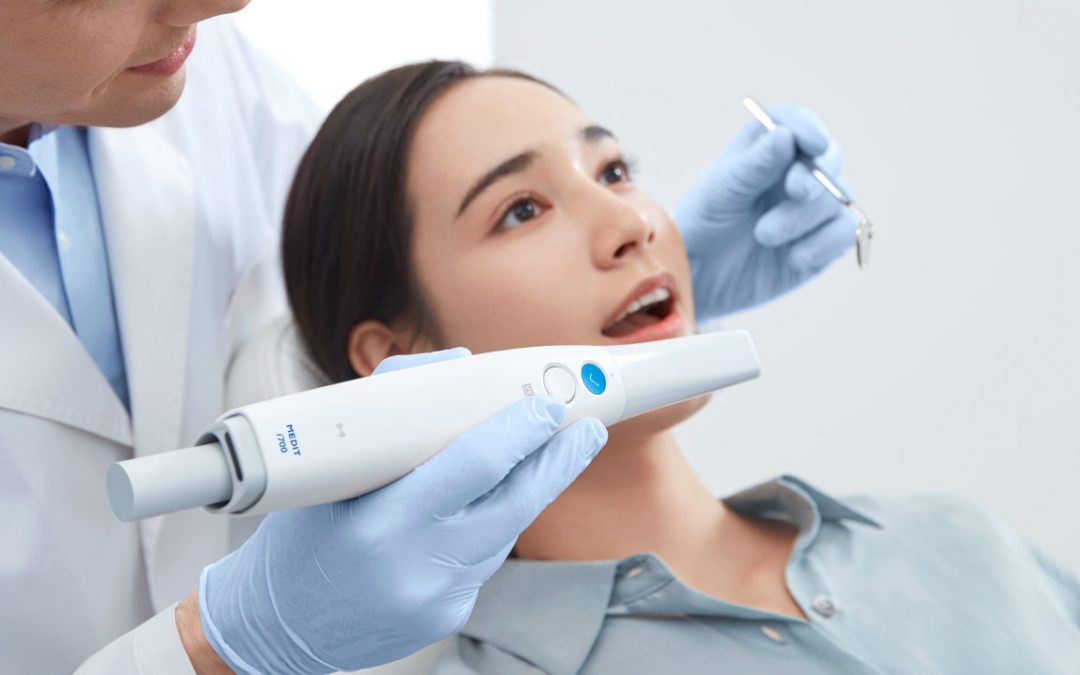The Advantages of Wireless Intraoral Scanners
Wireless intraoral scanners have revolutionized the way dentists capture digital impressions of patients’ teeth and gums. Traditional methods of dental impression-taking, such as putty impressions, can be messy and uncomfortable for patients. Wireless intraoral scanners eliminate the need for physical impressions, which can be especially helpful for patients who have a strong gag reflex or difficulty opening their mouths wide enough for traditional impression trays.
Wireless intraoral scanners are small, handheld devices that use digital imaging technology to capture 3D images of a patient’s teeth and gums. The scanner is held by the dentist or dental assistant and moved around the patient’s mouth to capture images of all teeth and surfaces. These images are then used to create digital models of the patient’s teeth, which can be used for a variety of dental treatments and procedures.
Advantages of Wireless Intraoral Scanners
There are many advantages to using wireless intraoral scanners in a dental practice. Here are just a few:
- Accuracy: Wireless intraoral scanners provide highly accurate digital impressions, resulting in better-fitting restorations and prosthetics. The scanner captures detailed 3D images of the teeth and gums, allowing for precise measurements and calculations.
- Speed: Capturing digital impressions with a wireless intraoral scanner is much faster than traditional impression-taking methods. The scanner can capture images in a matter of minutes, eliminating the need for multiple appointments and reducing chair time for the patient.
- Comfort: Wireless intraoral scanners are much more comfortable for patients than traditional impression trays. The scanner is small and handheld, and the images are captured quickly and non-invasively. Patients no longer have to endure the discomfort and messiness of putty impressions.
- Visualization: Digital impressions captured with a wireless intraoral scanner can be viewed immediately on a computer screen. This allows dentists to show patients a clear and detailed picture of their teeth and gums, making it easier to explain treatment options and procedures.
- Efficiency: Digital impressions captured with a wireless intraoral scanner can be easily transferred to a dental laboratory or milling center for the creation of restorations and prosthetics. This eliminates the need for physical impressions to be shipped and delivered, which can be time-consuming and costly.
Conclusion
Wireless intraoral scanners have many advantages over traditional methods of dental impression-taking. They provide highly accurate digital impressions, are faster and more comfortable for patients, allow for immediate visualization of images, and are more efficient for dental practices. Dental practices that invest in wireless intraoral scanners will be able to provide their patients with a better dental experience and improved treatment outcomes.
